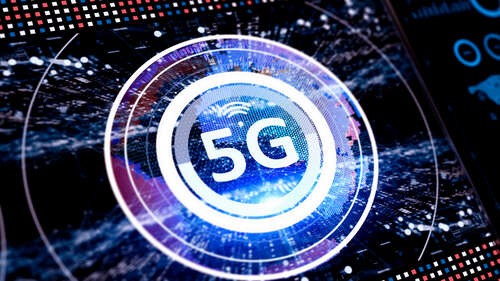
Despite carriers implementing 5G coverage in 2019, the number of worldwide consumers with access to the network is still surprisingly low. CNBC says 5G adoption is still “well below ‘mainstream’ levels.” As of 2023, 1.6 billion mobile users were connected to 5G, not even half of the mobile connections worldwide. However, most everybody has seen 5G or 5G UC at the top of their smartphone when not connected to Wi-Fi. Like 4G before, 5G utilizes different radio frequencies than its predecessor to provide faster speeds, at lower latency, to more devices.
Because 5G has lower latency than 4G, the telecom industry intends for it to be the network to drive newer technologies like driverless vehicles. 5G Advanced is 5G’s evolution and builds on the foundation it laid out despite its rollout not having actually been completed yet. Howard Watson, the chief technology officer for British telco company BT, said, “There will probably be a doubling of upstream capacities coming in release 18,” referring to the upload and download capabilities of 5G Advanced.
More importantly, 5G Advanced will integrate AI and machine learning capabilities, making the network more “intelligent.” What that means exactly is unclear, but AI has become wildly popular for analyzing data.

